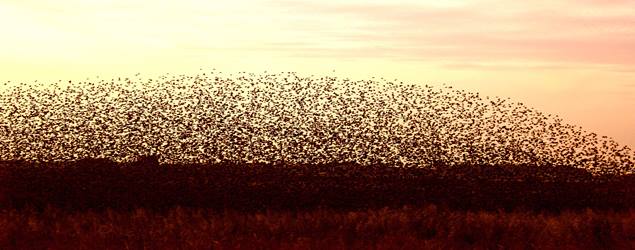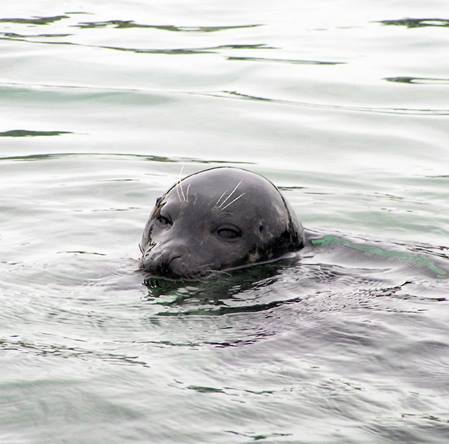Nature & Wildlife
Denmark is situated at the threshold between the Atlantic region and the European continent, between the saline North Sea and the brackish waters of the Baltic Sea. Due to the very changeable climate with considerable regional differences, wildlife in Denmark is plentiful and multifarious as Danish nature is the natural home for a large number of plants and animals - around 30,000 species in total. The Danish national animal is the mute swan, which is famously known for its snow-white feathers, and for being the main character in H. C. Andersen’s fairy tale, The Ugly Duckling.
When exploring Danish forests, moors or countryside you will find mammals like red deer, roe deer, fallow deer, squirrels, foxes and hares, as well as different amphibians and reptiles such as frogs, salamanders geckos and a few snakes.
Look towards the sky and you will see that Denmark also has a rich birdlife with passerines, wading birds, birds of prey, ducks and swans. Starlings, for example, are the cause of a unique natural phenomenon in the south-western part of Denmark. In the spring and autumn, hundreds of thousands of starlings gather in south-western Denmark to migrate. The phenomenon is known as “Black Sun” (Sort Sol), because the many birds block out the sun.
Photo: "Black Sun" at sunset in Southern Denmark.
With good fortune you might even catch a glimpse of a stork. Once a very common bird in Denmark, the stork, in stories believed to bring the new-born to their parents, is now a rare sight but sometimes appear during summertime.
The waters surrounding the more than 400 Danish islands are home to an abundance of different species of fish, shellfish and crustaceans as well as seals, otters and whales.
Photo: If you are lucky, you might see a seal while wandering the coasts of Denmark
To learn more about the natural adventures in Denmark, visit:
http://www.visitdenmark.com/denmark/activities/natural-adventures


